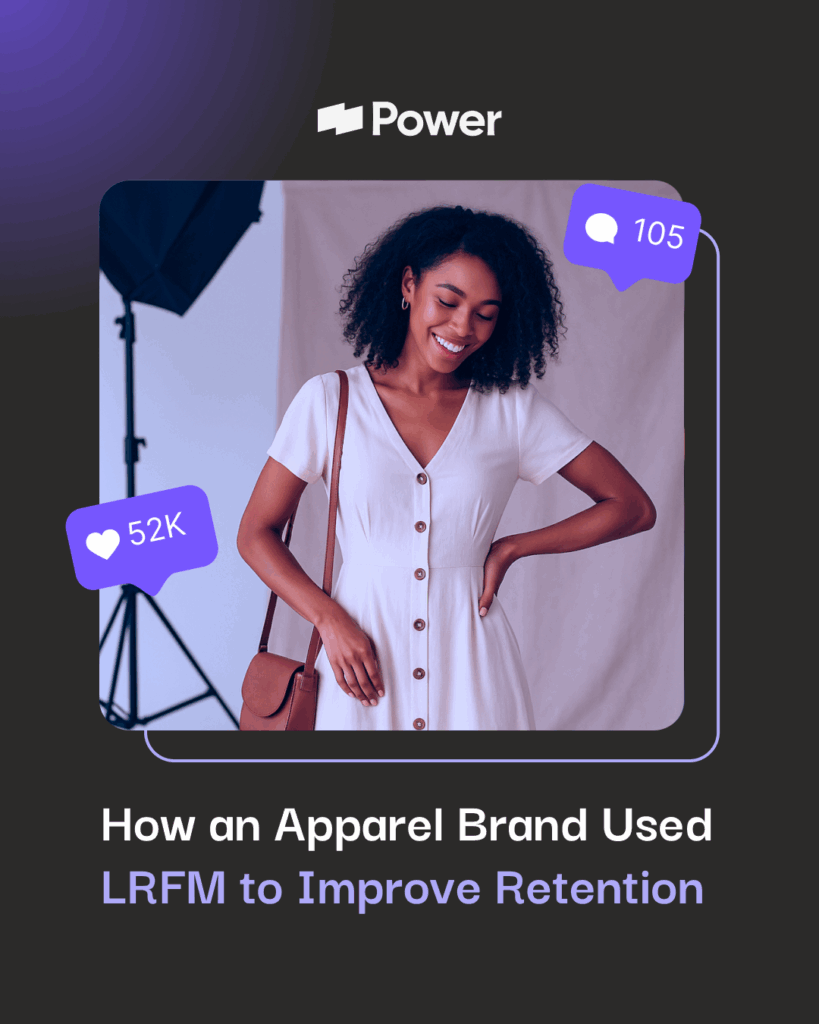Google Ads – New Features for Holidays

Google Ads has recently launched many new features in time for the holiday season, but before incorporating new concepts into your holiday strategy, it’s important to get your business as usual plans in place.
To prepare for the holidays, you’ll want to make sure you coordinate for the following with your team:
- Determine what types of promotions and sales you plan to run. “Percentage off” deals tend to be most effective and easiest to test. Depending on your sales and product strategies, however, BOGO, dollars off, or multi-buys may make the most sense for your business. The holiday season also affords the opportunity to incorporate new promos into your plan, like free shipping or creating deals around a holiday gift guide.
- Forecast for volume and seasonality using the Google Trends and Google Ads Keyword tools. Originally created for journalists, Google Trends also helps marketers understand what consumers are searching for. In addition, you can learn when, where, and how people perform searches. Utilizing the insights gleaned from Google Trends, you can research which keywords you should be bidding on.
- Review historical account performance to forecast increases in CPCs and ROAS trends. Using historical data for CPC (cost per click) and ROAS (return on ad spend) will help you build target benchmarks and KPIs for your upcoming holiday season. AdWords also has a feature called Target ROAS Smart Bidding where you can bid on ads with a target ROAS in mind.
- Review the competitive landscape using Auction Insights. Google Ads has another very useful feature, Auction Insights, that allows you to view metrics and trends across keywords. You can use Auction Insights, found under the Campaigns section, to determine your Overlap Rate and Position Above Rate with your competitors. This allows you to understand when certain competitors’ ads are being shown alongside yours or when a certain competitor is shown above your ads.
- Get started on additional ad creative for the promotions. With an influx of ad spend during the holiday season, it can be even harder for your content to stand out and be remembered by your audience. In addition, your holiday strategies may include promotional tactics that require coordination with other teams within your organization. That being said, starting to develop your holiday creative early will ensure you have enough time for multiple iterations and so that you can…
- Complete all testing prior to holidays! Whether you are trying out a new promo type, ad format, or creative, it’s important to complete and glean insights from testing prior to the holiday season. That way, execution will be your main focus during one of the busiest marketing events of the year.
Throughout the year, Google has released and enhanced many new ad formats that can help you make your holiday ad strategy more robust. From attention-grabbing video to machine learning optimization, check out the ways Google wants to help diversify your advertising plans for the 2018 holiday season:
Google Shoppable Images
According to Google, “more than one-third of holiday shoppers last year searched from images before shopping in a store.” This means that Google Shoppable Images is another medium you can utilize to capture consumer attention in a place where they already are. When users perform an image search for a keyword, they may now see product results at the top of the image SERP which feature a price tag and ‘sponsored’ label. Clicking on one of the shoppable images takes a consumer right to the product page where she can make a purchase, just like with other ad formats. Utilizing your existing keyword research strategies, modified for the Google Images tab, can help you understand how your content and competitors can benefit from Google Shoppable Images.
Responsive Search Ads (Beta)
Released earlier this year, and still in Beta, Google’s Responsive Search Ads allow marketers to hand over the reigns (and heavy lifting) of ad optimization. With this format, you can create one ad with multiple headlines and descriptions and Google will automatically determine which version of the ad to serve to specific consumers, depending on your goals. These ads now allow up to three different headlines and longer descriptions, up to 90 characters, in a single ad.
There are are a multitude of benefits to be gained from using Responsive Search Ads. To start, this format allows for more characters and takes up more real estate than a typical ad. In addition, Google will dynamically combine headlines and descriptions on your behalf and will adjust combinations as it learns what will best help you achieve your goals. For an individual ad, you can have Google test up to fifteen different headlines and four descriptions. Automating testing to this level frees up your team’s bandwidth to focus on other initiatives and can help you glean insights from tests in far less time.
Ad Customizers
Ad customizers allow marketers to adapt text ads based on search terms, the device used to perform a search, a consumer’s location, or the date the search was performed on. This level of optimization provides many benefits – the first being tailored messaging. The ability to adapt language in real time that will better resonate with the individual consumer leads to an increase in CTR. In addition, the ability to include hundreds of text variations in a single ad automatically will save your team’s precious time and help you scale your Google Ads strategy.
Google also keeps reporting simple when using ad customizers. Because Google is optimizing for you, it can keep track of the tweaks made within the ad. As changes are made, the performance metrics for the entire ad don’t reset. To adapt ad copy while simultaneously measuring results would be almost impossible to do on your own. In addition, as new versions of the ad are tested, there’s no negative impact to the quality score of the ad, and you don’t lose any historical data. These types of ad customizers can be used during the holidays for sales on specific products, sales that change by periodically, and sales that are limited to a specific time frame.
From National Pizza Day to Bat Appreciation Week (yes, that’s a real thing), there are over 2,300 holidays celebrated on the internet each year. The major holiday season in November and December, however, requires proper planning and a cohesive strategy. From Shoppable Images to auto-optimizing Responsive Ads, Google has launched many new features this year that will help you standout from the competition.
Our Editorial Standards
Reviewed for Accuracy
Every piece is fact-checked for precision.
Up-to-Date Research
We reflect the latest trends and insights.
Credible References
Backed by trusted industry sources.
Actionable & Insight-Driven
Strategic takeaways for real results.





